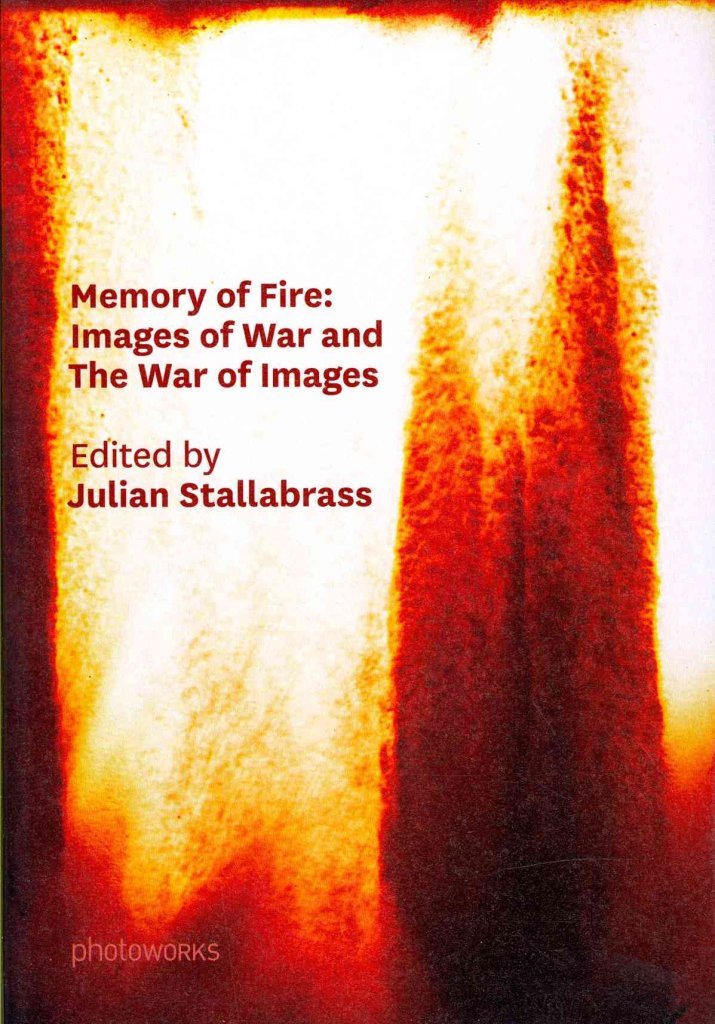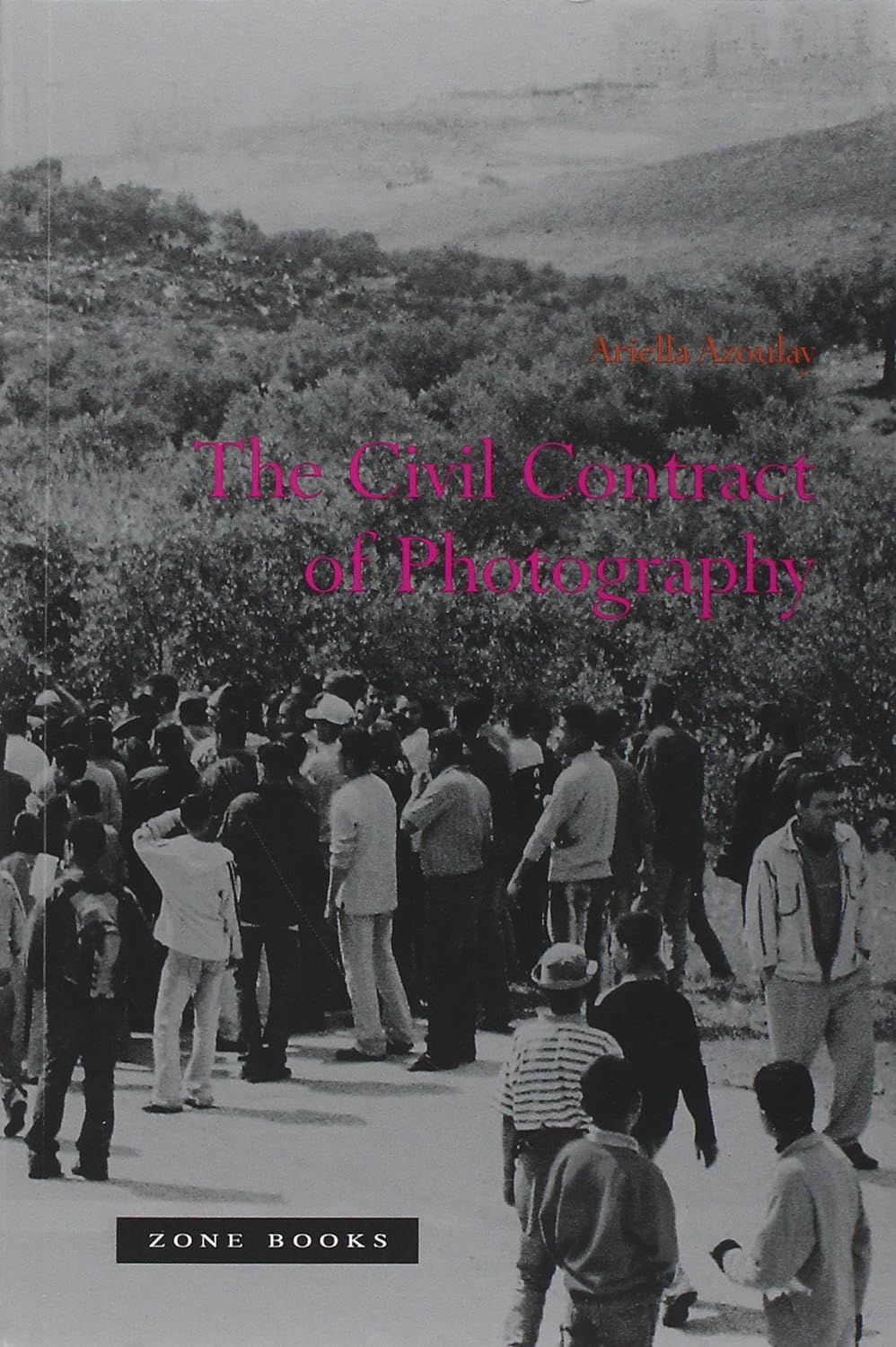Introduction: “Memory of Fire: Images of War and the War of Images,” edited by Julian Stallabrass, is a compelling collection that examines the complex relationship between war and its representation through photography and other visual media. Published in 2013, the book is part of the broader discourse on the politics of imagery, memory, and conflict. It addresses how images of war influence public perception, memory, and understanding of conflicts while also considering the power dynamics involved in the production and dissemination of these images.
1. The Power of Images in War
Images as Instruments of Power:
- Stallabrass discusses how images are used by various entities—governments, media, and military forces—as tools of propaganda and control. These images shape public opinion and are often designed to justify or obscure the realities of conflict.
- The book delves into the strategic use of images to manipulate narratives and perceptions, highlighting the role of visual media in the politics of war.
The Impact on Public Perception:
- The book examines the profound impact that images of war have on public consciousness. Photographs and videos from conflict zones can evoke strong emotional responses, mobilize political movements, and influence public policy.
- Stallabrass emphasizes the responsibility of media consumers to critically engage with these images, recognizing their potential for both enlightenment and manipulation.
2. Ethical and Political Dimensions of War Photography
Ethics of Representation:
- A central theme in the book is the ethical considerations involved in photographing war. This includes the responsibility of photographers to their subjects and the impact of their work on the lives of those depicted.
- The book explores the tension between the need to document atrocities and the risk of exploiting suffering for sensationalism or aesthetic purposes.
Witnessing and Testimony:
- Stallabrass highlights the role of war photographers as witnesses and the ethical imperative to bear witness to suffering and injustice. The book discusses how photographs serve as visual testimonies that can bring distant events closer to global audiences.
- The credibility and authenticity of these testimonies are also scrutinized, considering the potential for staged or manipulated images.
3. Memory and Commemoration
Constructing Memory:
- The book explores how images contribute to the construction of collective memory and the commemoration of war. Photographs from conflicts are often used in memorials, museums, and educational contexts to shape historical narratives.
- Stallabrass examines how these images influence our understanding of past conflicts and the ways in which they are remembered or forgotten.
Selective Memory and Forgetting:
- The selective nature of war photography is addressed, noting that certain images are highlighted while others are suppressed. This selective memory can serve political ends, emphasizing certain narratives over others.
- The book critiques this process, calling for a more inclusive and critical approach to remembering conflicts.
4. The Aesthetics of War Imagery
Aestheticization of Violence:
- Stallabrass discusses the aesthetic dimensions of war photography, where images of violence and destruction are presented in visually compelling ways. This aestheticization can sometimes detach viewers from the reality of suffering, turning tragedy into a spectacle.
- The book explores the balance between creating impactful images and avoiding the glorification or trivialization of violence.
Artistic Responses to War:
- The book includes contributions that examine how contemporary artists engage with war imagery. These artistic responses often challenge conventional representations and offer alternative perspectives on conflict and its consequences.
- Stallabrass highlights the innovative ways artists use photography and other media to critique and reflect on the nature of war.
5. Technological and Media Changes
Digital and Social Media:
- The impact of digital technology and social media on the production and dissemination of war images is a significant theme. The book examines how the immediacy and accessibility of digital images have transformed the way wars are reported and perceived.
- Stallabrass discusses the role of citizen journalists and the spread of user-generated content, which has democratized war reporting but also raised questions about credibility and authenticity.
Surveillance and Control:
- The book addresses the increasing use of surveillance technologies in conflict zones and their implications for privacy and human rights. The pervasive presence of cameras and drones has added new dimensions to the visibility of war.
- Stallabrass explores the dual use of these technologies for both documenting abuses and enhancing state control over information.
6. Case Studies and Examples
Iconic War Photographs:
- “Memory of Fire” includes analyses of iconic war photographs and their impact on public consciousness. These case studies illustrate the power of single images to encapsulate complex narratives and provoke public debate.
- Stallabrass provides historical context and critical interpretations of these images, discussing their role in shaping the visual history of conflict.
Contemporary Conflicts:
- The book examines recent conflicts, including the wars in Iraq and Afghanistan, to illustrate how modern warfare is visually documented and represented. These contemporary examples highlight the ongoing relevance of the book’s themes.
- The contributors analyze how images from these conflicts are used in media and political discourse, and their impact on global perceptions of war.
Conclusion
“Memory of Fire: Images of War and the War of Images,” edited by Julian Stallabrass, is a comprehensive and insightful exploration of the intricate relationship between war and its visual representation. By addressing themes such as the power and ethics of war photography, the construction of memory, the aesthetics of violence, and the impact of technological changes, the book provides a multifaceted understanding of how images shape our perceptions of conflict. Through critical analyses and case studies, Stallabrass and the contributors call for a more thoughtful and ethical engagement with war imagery, recognizing its potential to influence both public consciousness and policy.
Additional Resources:
For more in-depth reviews and insights, you may refer to the following links:


